This appeared above our back yard yesterday…

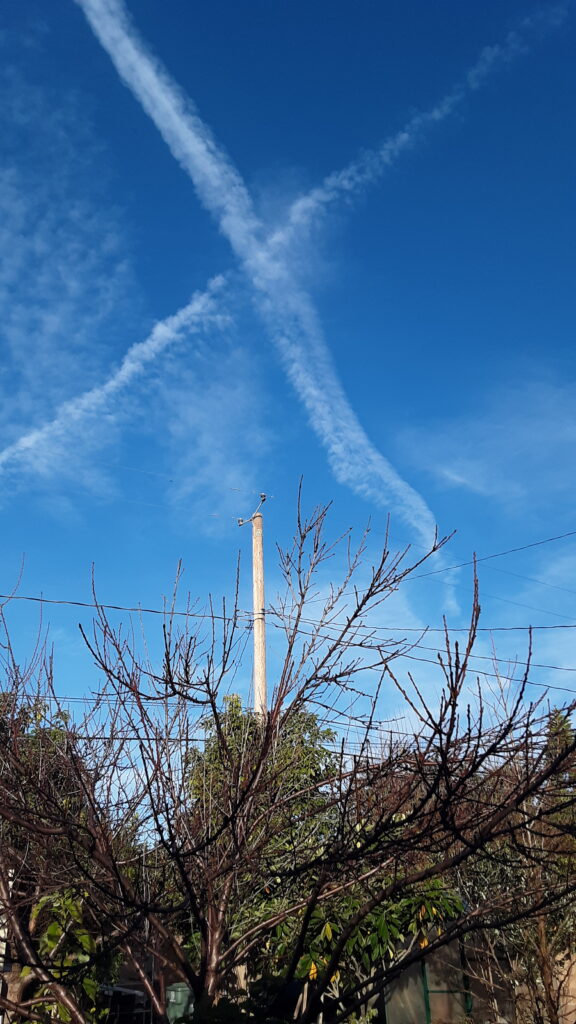
This appeared above our back yard yesterday…


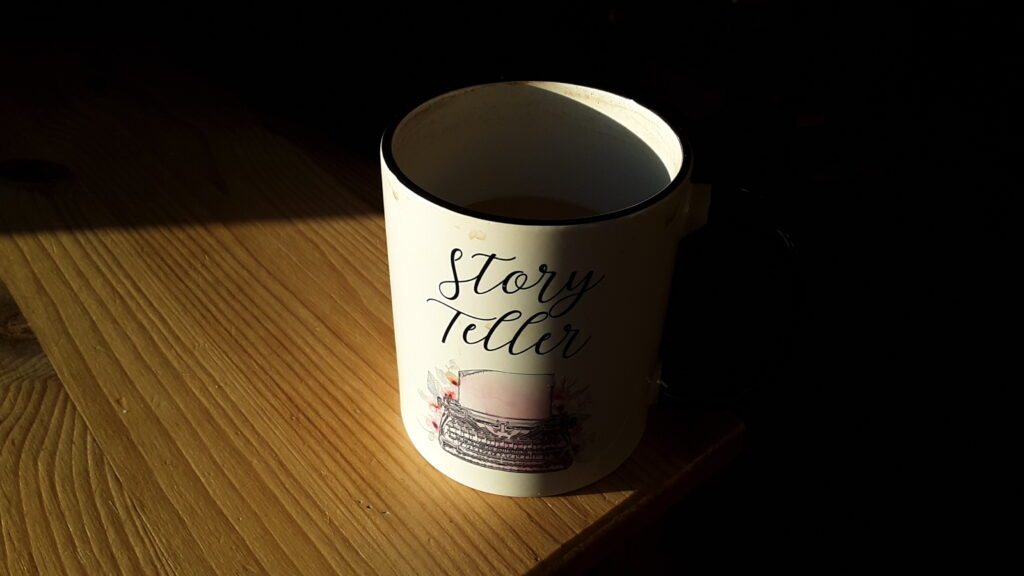
Indoor still life.
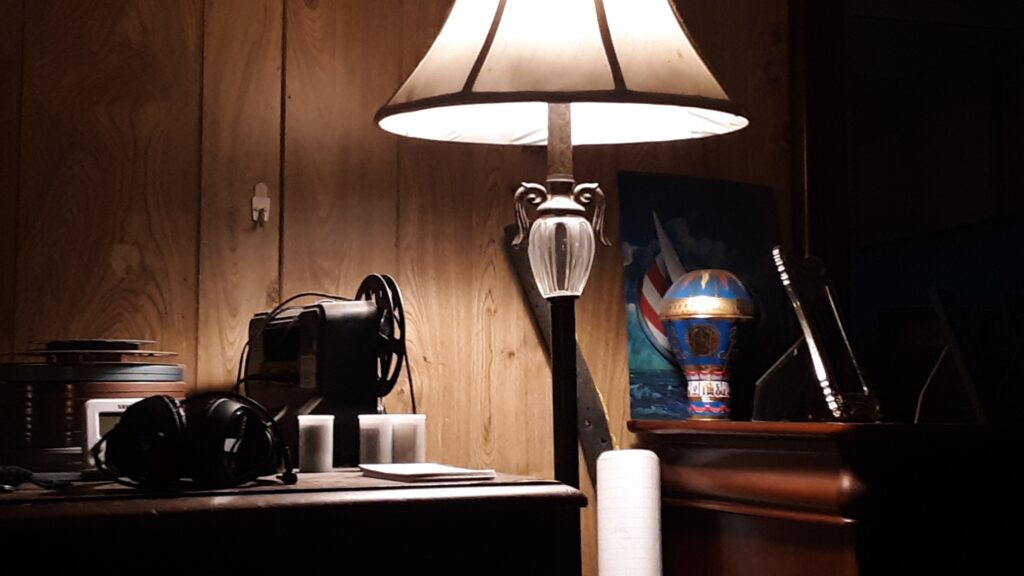
The view from this here couch.
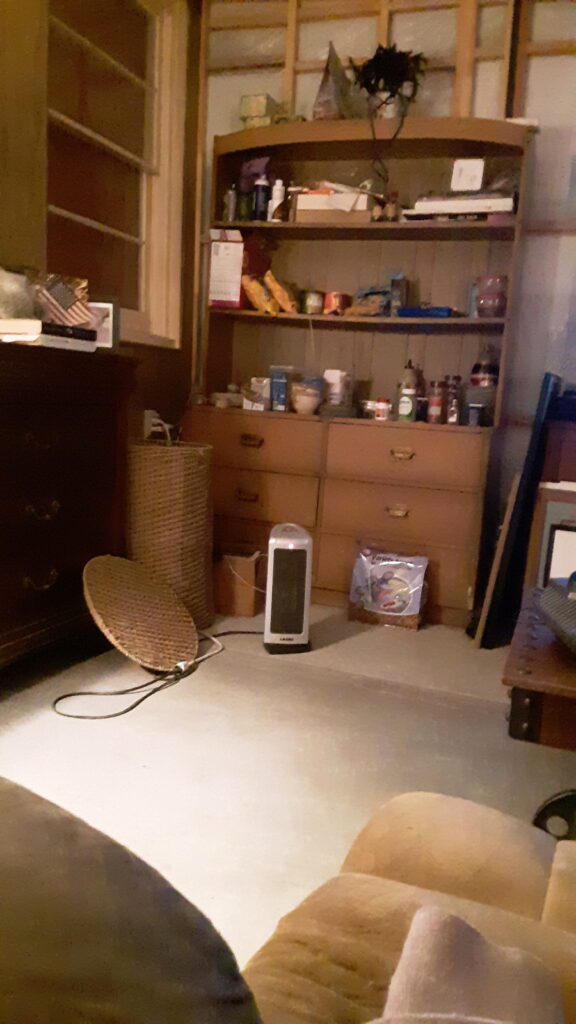
Just a little pattern that caught my eye.
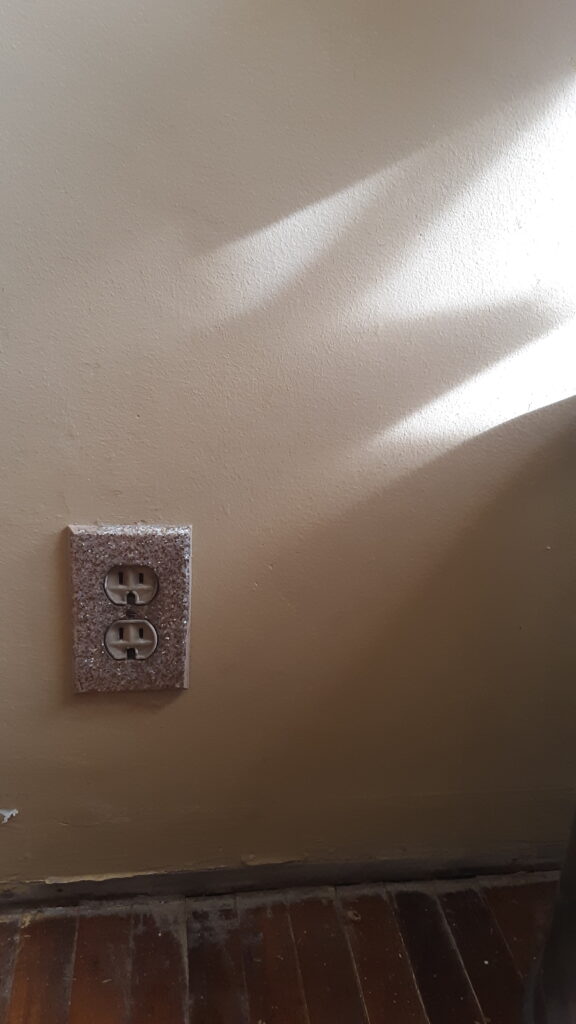
Here are some shots I recently captured to find an image for an article I want to write about how weird transparent materials are when you really think about it. Can’t decide which to choose and haven’t written the article yet. Transparent enough?
No? All right then, it’s a the view looking through my bottled water by lamplight. Satisfied?!

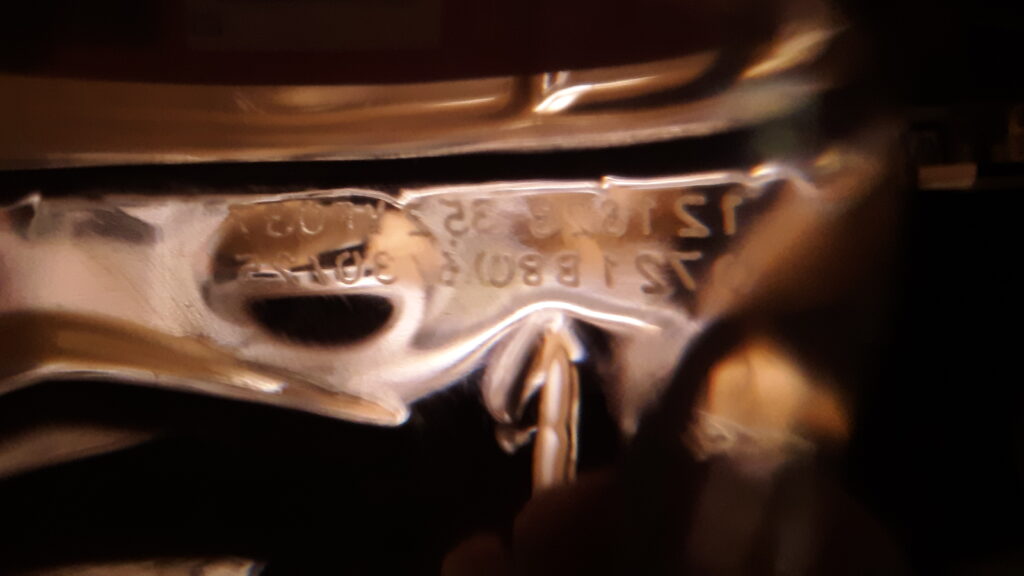



This is The Mighty Oak. He’s been with us for a bit more than ten years now and has a penchant for going in two directions at the same time. He also enjoys getting a running start and banking off three walls before hitting the ground again at full tilt.
As promised yesterday, here is the first of two close-up shots of bees in the abandoned gold-rush-era apple orchard below our home when we were living about 15 miles from Sutter’s Mill in the foothills of the Sierra.
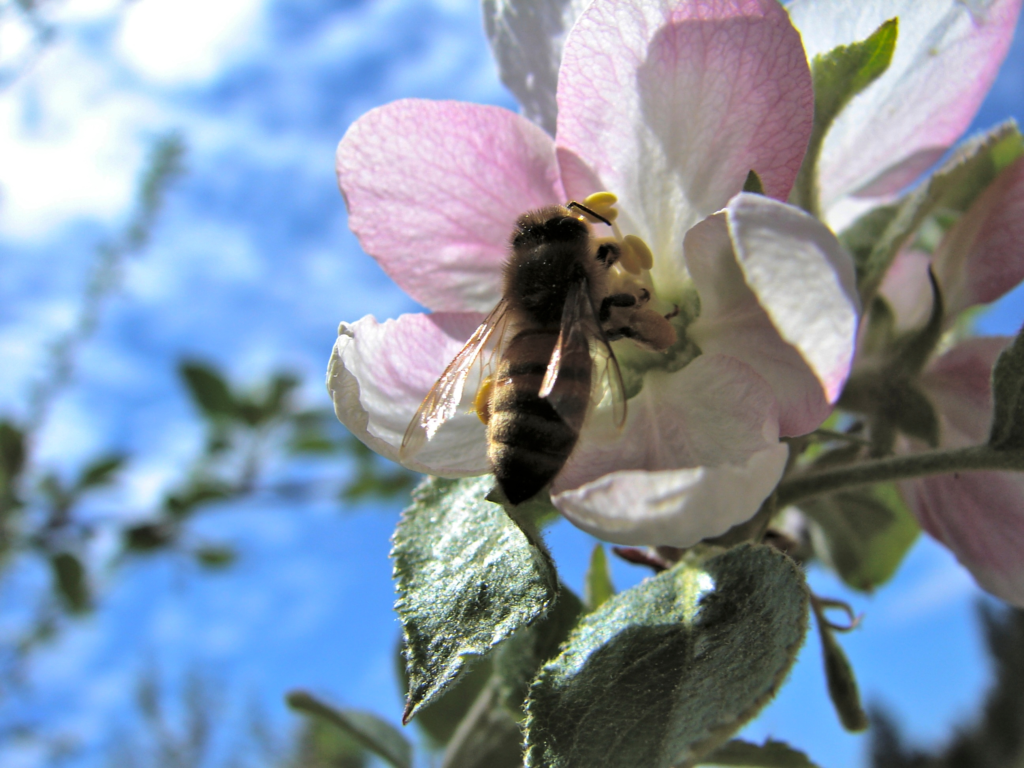
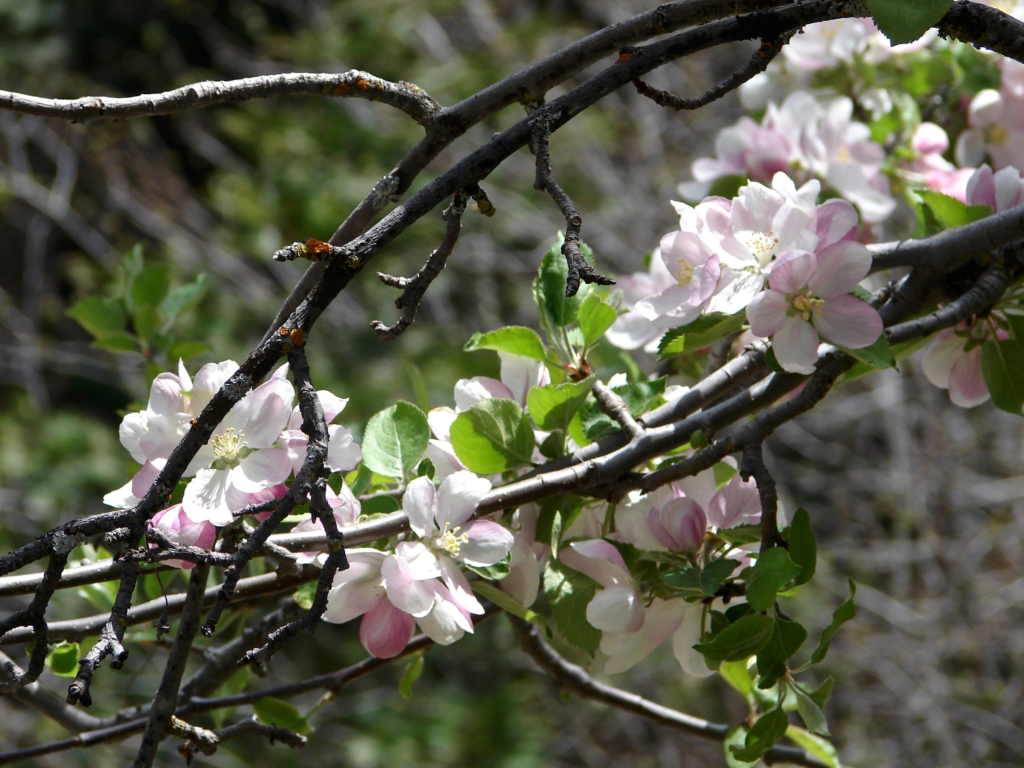
I shot this very near our home in Pollock Pines, California, in the foothills of the Sierra, about 15 miles from where gold was first discovered at Sutter’s Mill. Behind our house was a steep hill that went down to an ancient abandoned apple orchard that appear to be more than a century old. And yet, every spring, the trees would burst forth with young blossoms from the crusty branches and attract swarms of hungry bees.
Beyond the edges of that orchard we found a stone chimney that was all that remained of a settler’s cabin – perhaps the very people who had originally planted the orchard. And nearby through the undergrowth and wild trees we encountered a pen where a neighbor was raising alpacas, who were quite friendly.
We made many trips down to that orchard, both just for the pleasure of walking in the woods and also to capture the mood of the place in photographs as seasons and weather conditions evolved from one to another.
I amassed quite a nice collection of images from that spot, and if I have the time allotted, I’ll post there here someday.. But first, I have whittled my thousands of photographs down to just 250 color and 250 black and white images that represent what I think is the very best from my half century of photography, and I’ll be posting those here first. At the rate I’m going, about one image per week, that should only take four years, so perhaps we’ll all get lucky.
Coming up the next two times I share photographs will be a couple of close up shots of bees in that very orchard, pollinating themselves silly.
Oh, and the reason I find this particular image one of my best is not due to it featuring anything particularly notable, but that it just reminds me of Japanese design in the flow of the branches, almost like brushstrokes from an ink pen in a painting.
